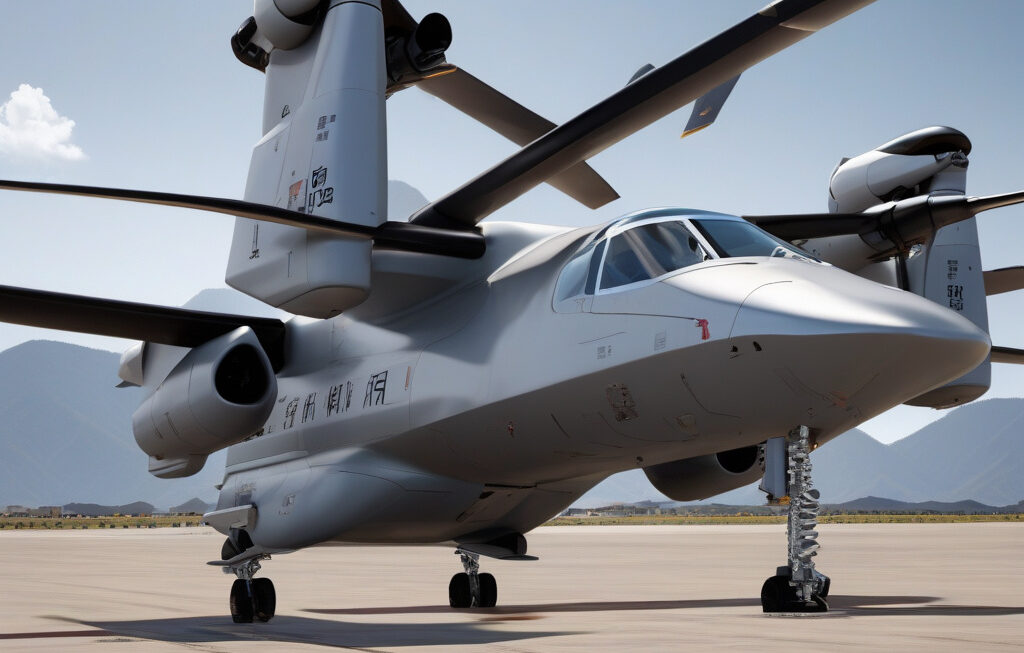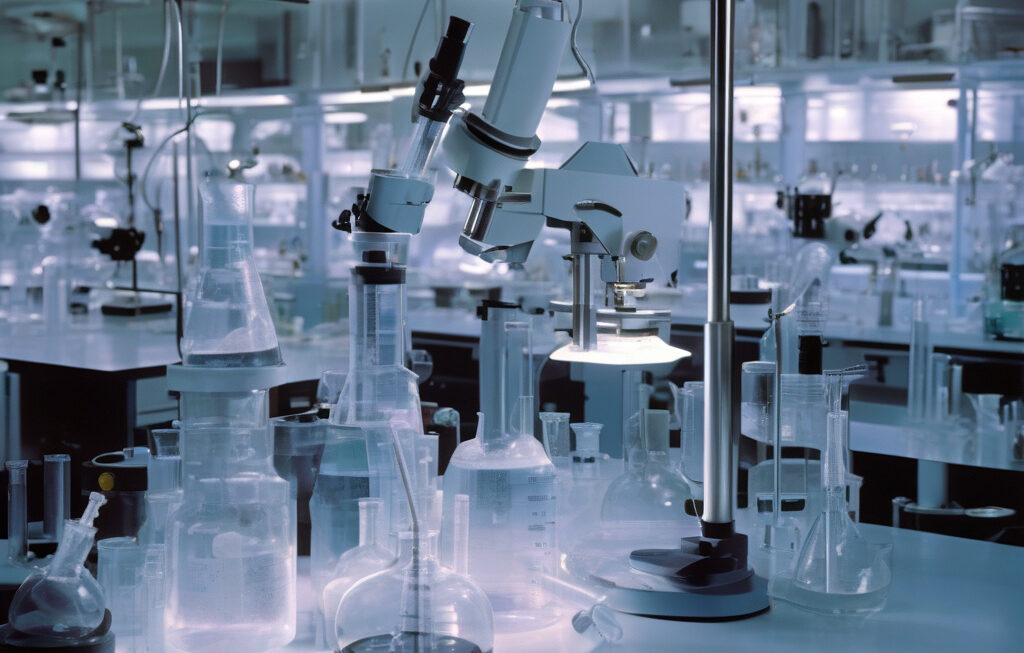Forged like a superhero: Super metal withstands freezing -321°F to extreme 1,112°F
Scientists have developed a new super metal that can maintain its strength and flexibility across a wide range of temperatures, from a bone-chilling -321°F to an extreme 1,112°F. This groundbreaking material, inspired by the durability of comic book superheroes, has the potential to revolutionize industries ranging from aerospace to manufacturing.
The key to this super metal’s remarkable resilience lies in its composition. By combining elements such as titanium, nickel, and copper, scientists have created a material that can withstand temperatures that would typically cause other metals to become brittle or lose their structural integrity. This means that equipment made from this super metal could function reliably in the icy depths of space or the scorching heat of industrial processes without experiencing failure.
One of the most exciting applications of this super metal is in the field of aerospace. Traditional metals used in aircraft construction can struggle to maintain their properties in the extreme cold of high altitudes or the intense heat generated during supersonic flight. By incorporating this new super metal into aircraft design, engineers can ensure that components remain strong and reliable under all conditions, enhancing both performance and safety.
But the benefits of this super metal extend far beyond the aerospace industry. In manufacturing, where extreme temperatures are often used in processes such as welding or forging, having a material that can withstand heat without deforming is a game-changer. This could lead to more efficient production methods and higher quality end products.
Furthermore, the super metal’s ability to flex without breaking makes it ideal for applications that require both strength and flexibility. For example, in the medical field, this material could be used to create surgical instruments that are both durable and precise, improving patient outcomes and reducing the need for frequent instrument replacements.
In addition to its impressive mechanical properties, the super metal is also highly resistant to corrosion, making it ideal for use in harsh environments where traditional metals would quickly degrade. This could have significant implications for industries such as offshore oil drilling or deep-sea exploration, where equipment is exposed to saltwater and other corrosive substances.
As with any new material, there are still challenges to overcome before the super metal can be widely adopted. Cost is a significant factor, as the process of creating this alloy is currently complex and expensive. However, as technology advances and production methods become more efficient, the cost of this super metal is likely to decrease, opening up new possibilities for its use.
Overall, the development of this super metal represents a significant leap forward in materials science and engineering. By drawing inspiration from the resilience of superheroes, scientists have created a material that can push the boundaries of what is possible in a wide range of industries. As research into this super metal continues, we can expect to see even more innovative applications that harness its unique combination of strength, flexibility, and durability.
#supermetal, #materialsrevolution, #aerospaceinnovation, #manufacturing, #resilienceinengineering












